TRANSFORM AND ROLL OUT! THE REDESIGN OF THE TRAK 2.0 FOLDING KAYAK WILL PLEASE URBAN DAY TOURERS AND FAR-FLUNG ADVENTURERS ALIKE — by Tim Shuff
When I first reviewed the TRAK kayak over a decade ago, TRAK was an audacious startup with a knack for marketing but little experience in business or paddling. It set out to change the game with a unique gimmick—a hull with jacks in the folding frame, letting the paddler change its shape on the fly.
Why would I want a shape-shifting watercraft, I had wondered. And if I really wanted a folding kayak, wouldn’t I eschew TRAK for a company with a track record? The kayak itself was pretty neat, but I didn’t expect to hear much more from its makers in the ensuing years. Fast forward to 2019 and the landscape has transformed. In the folding kayak space TRAK Kayaks is now the established brand and natural heir to the stalwarts such as Feathercraft and Folbot, which have, well, folded.
Photo: Joel Clifton
Who’s This Kayak For?
The company’s target demographic ranges from younger professionals to baby boomers at their peak of discretionary time and income looking to rediscover themselves outdoors.
Meanwhile, high real-estate prices, denser cities, lower car ownership and the popularity of inflatable SUPs and novelty watercraft, like the Oru Kayak, are ripening the North American market for folding craft, which have never been a fixture here as they have been in Europe.
A few years ago, TRAK decided instead of improving incrementally on its original design it would apply all the lessons of its first decade into a completely overhauled 2.0 edition, focusing on ease of assembly, portability and convenience.
The company amassed 500 pre-orders primarily through Kickstarter and Indiegogo backers in 2017 and early 2018. After some unexpected delays, the first batch of TRAK Kayaks’ TRAK 2.0 are shipping from TRAK’s factory in the Philippines.
Highlights
Highlights include lighter materials—upgrading from 6000 to 7000 series aircraft-grade aluminum for some of the frame and carbon fiber for the ribs—resulting in a weight loss of about 10 pounds and a packed size that’s a foot shorter.
The frame snaps together more quickly and easily. And TRAK’s marketing message has matured from something like “the kayak that changes shape!” to “the ultimate general-purpose touring kayak (that just happens to change shape and fold into a rolling suitcase too).”
TRAK now transcends the folding-kayak niche and is gunning for mass appeal, promoting a vehicle that is transformative in both a mechanical and spiritual sense.
The TRAK arrived at my door in a large cardboard box. Setup flows intuitively. The color-coded frame, blue for bow and red for stern, snaps together with shock cords, just like tent poles.
Photo: Joel Clifton
The Art Of Setting It Up
Aided by online videos and instructions, my first setup took an hour. Popping the sleek frame together elicited both an atavistic and space-age joy—kayaking’s skin-and-frame deep past mashed up with aerospace technology.
I wouldn’t mind reenacting this ritual before every paddle. I felt I’d performed a magic trick or created modern art. The second time I built it waterside in under 20 minutes, half expecting applause, and went back from kayak-to-bag even faster without struggle.
The final stage upon launch is to expand three hydraulic jacks in the hull, one on each side and the keel, to tension the skin and adjust the rocker, which changes the waterline length to anywhere between 12 and 15 feet.
I simply cranked up the keel jack until the kayak felt right. In a few seconds, I reached a Goldilocks level of maneuverability that normally would have required trying out different boats. The included sprayskirt has an opening with a roll-down waterproof closure for reaching in and adjusting the jacks. Read the full post in Paddling Magazine...













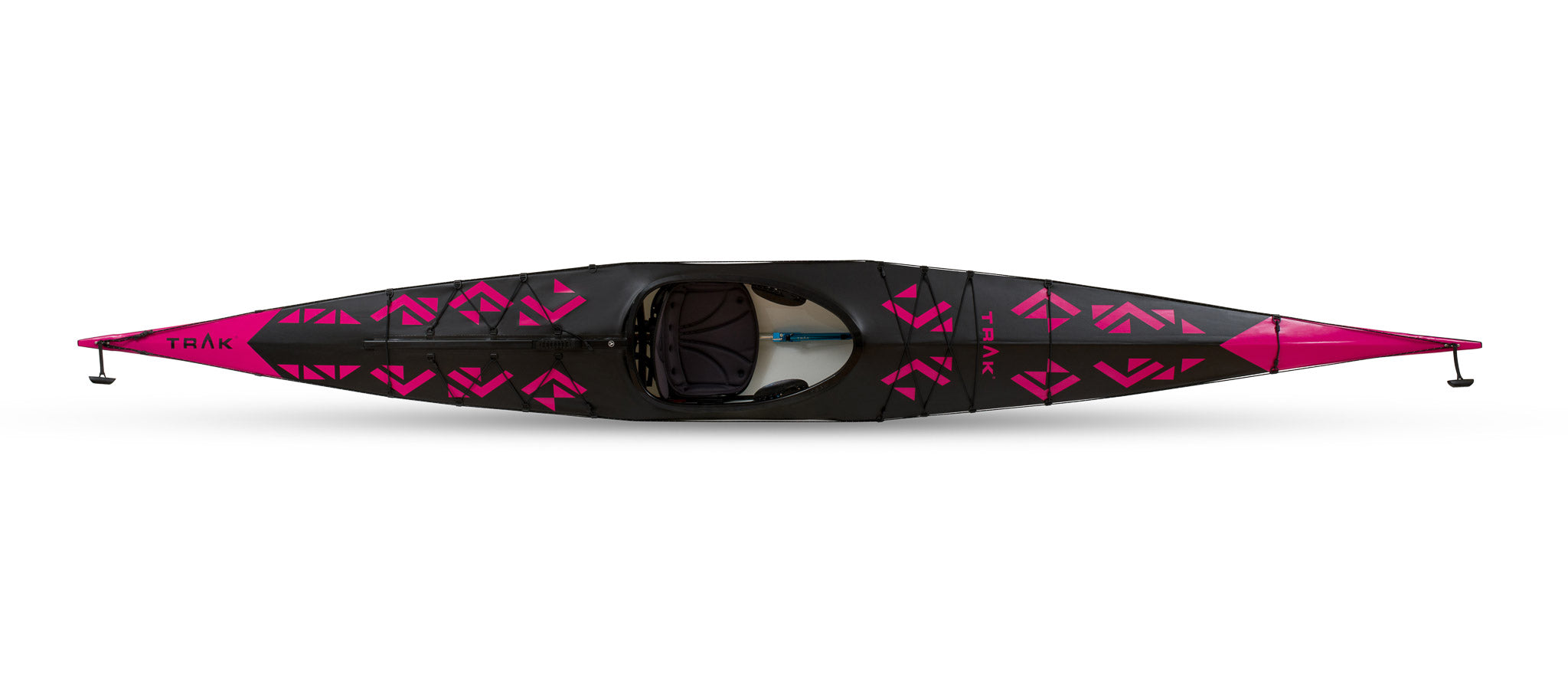


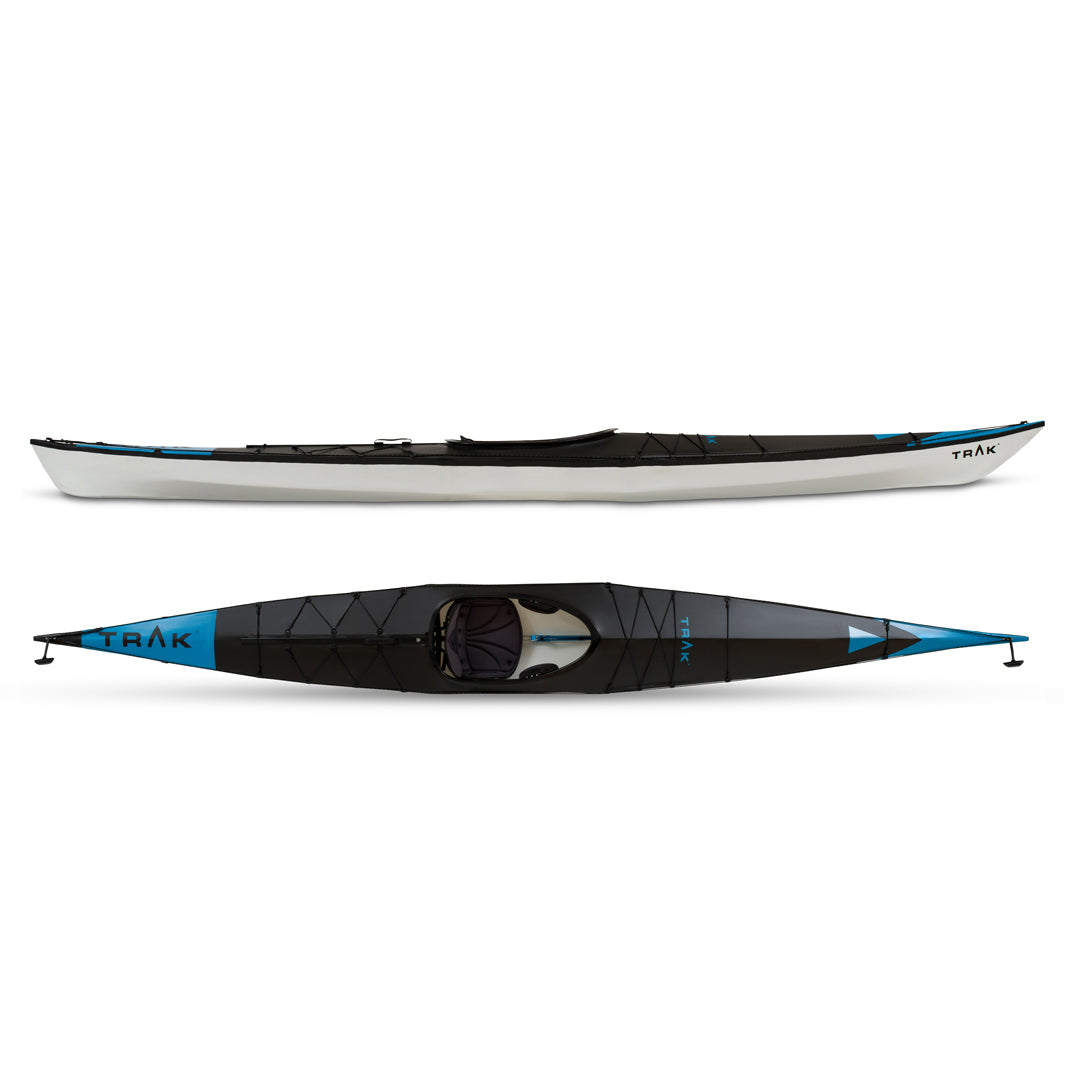


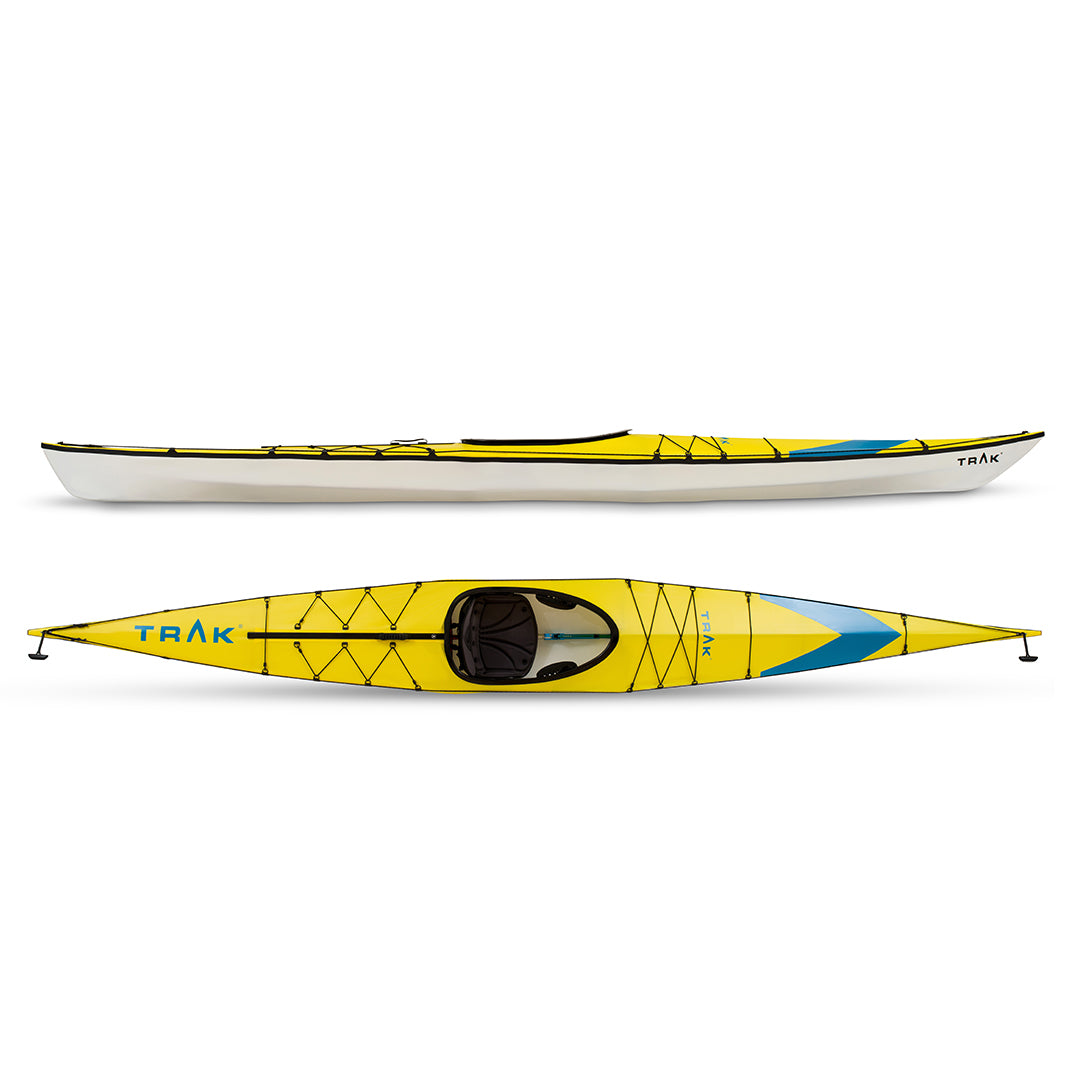



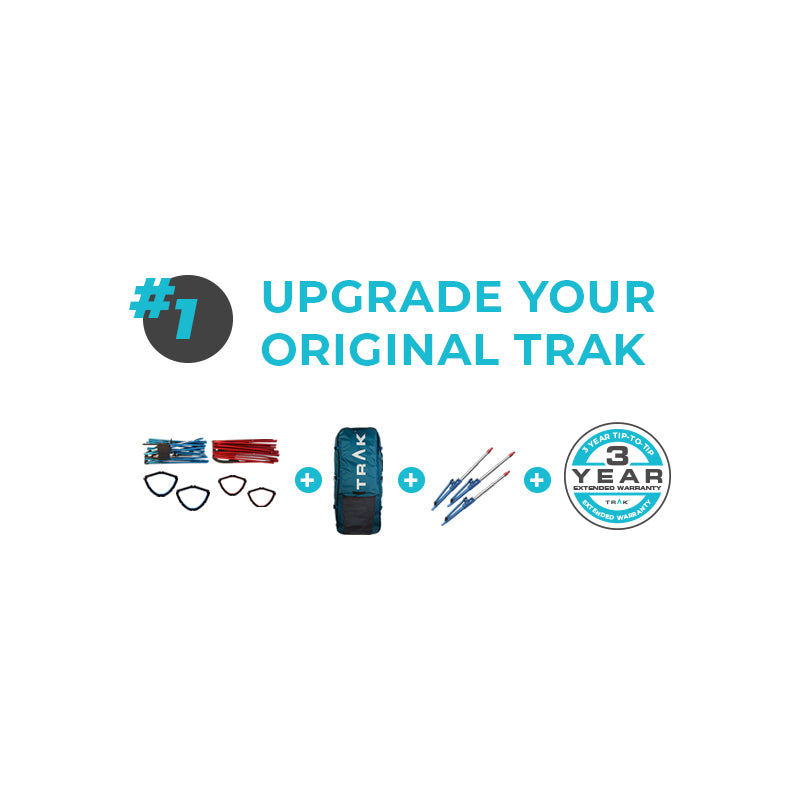
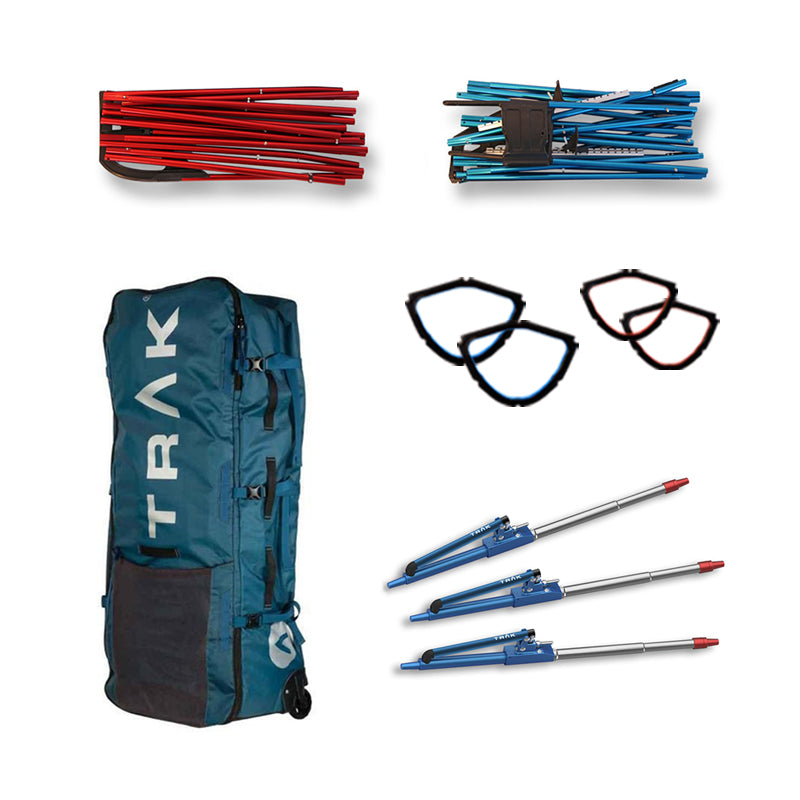
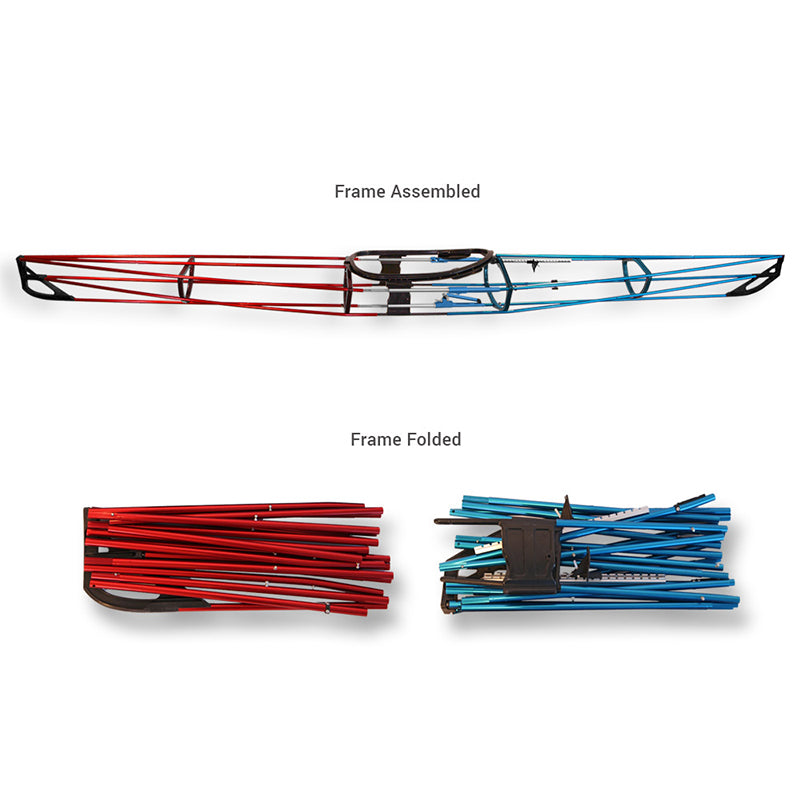

Share: